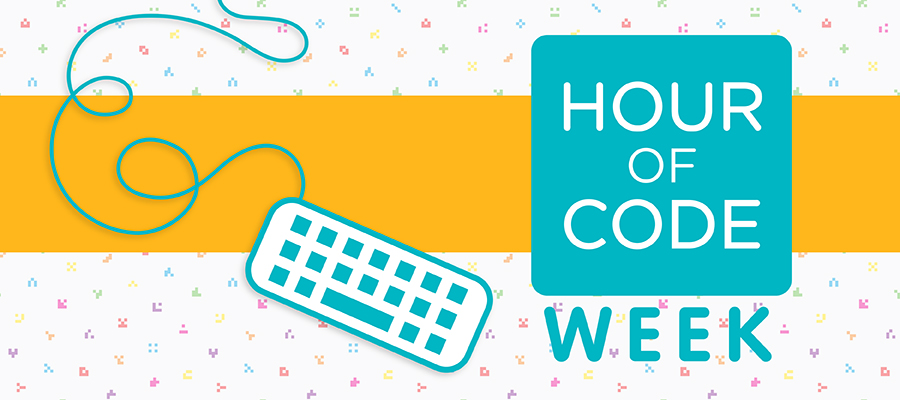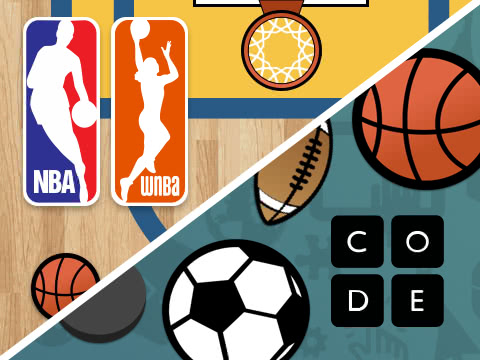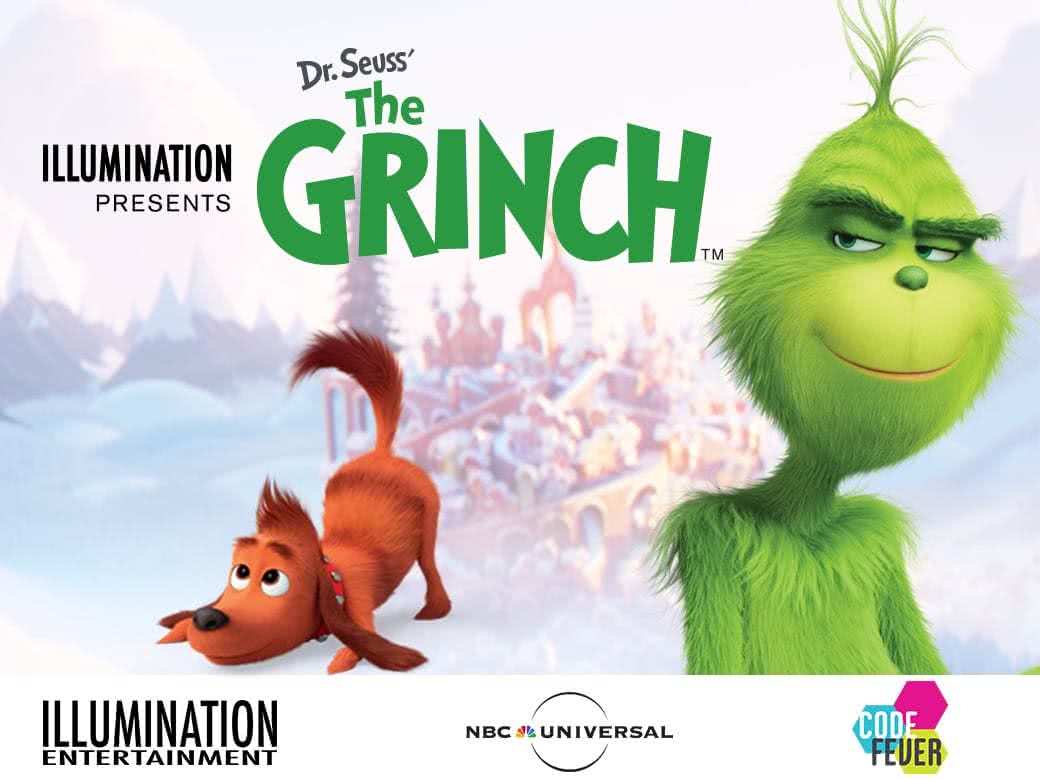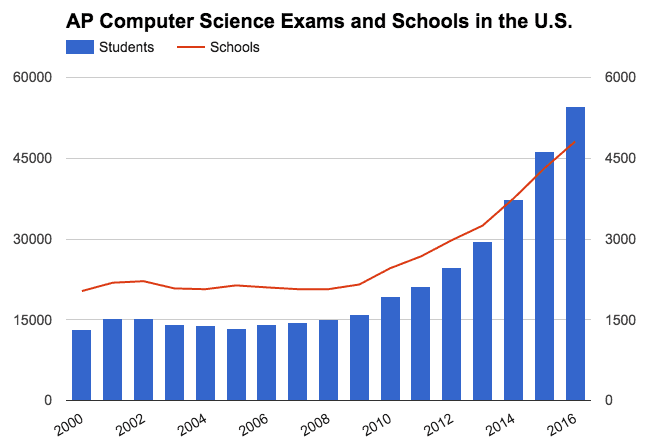
Hadi Partovi, founder of Code.org believes every student should learn the basics of computer science just like they do math, physics, or biology, regardless of what they want to do in the future. The expert says knowledge about the subject is important to understand how the world around us works and compares it to learning about photosynthesis, even though not every student is going to be a botanist. To spark student interest, he created the “Hour of Code,” which introduces the world of computing to anyone, from ages 4 to 104, in a fun, interactive manner. Observed annually during Computer Science Week, which will be celebrated from December 3 through 9, 2018, the event now draws tens of millions of kids from over 180 countries.

The sixty-minute session, which can be scheduled anytime during the week, begins with an introductory video on computer science. Participants can then select from hundreds of fun assignments that are sorted by both grade level and coding experience. Though each project is designed to last just sixty minutes, budding coders can tackle as many challenges as they desire.
The 2018 offerings include The Grinch: Saving Christmas with Code, where students can program drones and a high-tech sleigh to capture presents and navigate them down the mountain to return Christmas to Whoville. Star Wars fans will be able to program droids and create their own game in a distant galaxy, while budding musicians can create original tunes and download them as an Android app. Students can also put their coding superpowers to the test by helping Wonder Woman navigate obstacles or by designing an interactive “Doodle” for search giant Google. With over 200 projects to choose from, there is something to interest people of all ages and coding abilities.

To help introduce computer science in classrooms on a more regular basis, Code.org has also developed a catalog of online courses that can be incorporated into a school’s regular curriculum. Since the nonprofit began offering the courses in 2013, over 704,000 teachers have signed up to teach introductory computer science to over 22 million students worldwide. Code.org’s efforts have also inspired eleven US states to create K-12 computer science standards, and thirty-five states (including Washington DC) now count the subject towards high school graduation math or science requirements. On November 18, 2017, Virginia became the first US state to require computer science instruction in all high schools.
Partovi is not the only one making a push for this all-important subject to be added to regular curriculums. Janice Cuny, a program officer at the National Science Foundation, has been working to make it a fixture in schools since 2004. In addition to launching an effort to train 10,000 new computer science teachers, she also took the lead in the development of two new K-12 courses for students with no prior programming experience – Advanced Placement Computer Science Principles and Exploring Computer Science.

Thanks to the efforts of these two pioneers and many others, about 40 percent of US schools now offer computer science as a subject. The numbers are even higher – an impressive 70 percent – if after-school offerings such as robotics clubs are included. Even more encouraging, eight years ago, just 19,390 students took an Advanced Placement Computer Science exam. By spring of 2017, the number had jumped 415 percent to 99,868. Though the trends are positive, there is still a lot more that needs to be done, especially given that most jobs of the future will require some knowledge of the subject. To see how you and your school can be involved in this engaging and educational event, or how to make computer science part of your regular school day, go to hourofcode.com.
Resources: code.org, thefoos.com, edweek.org
